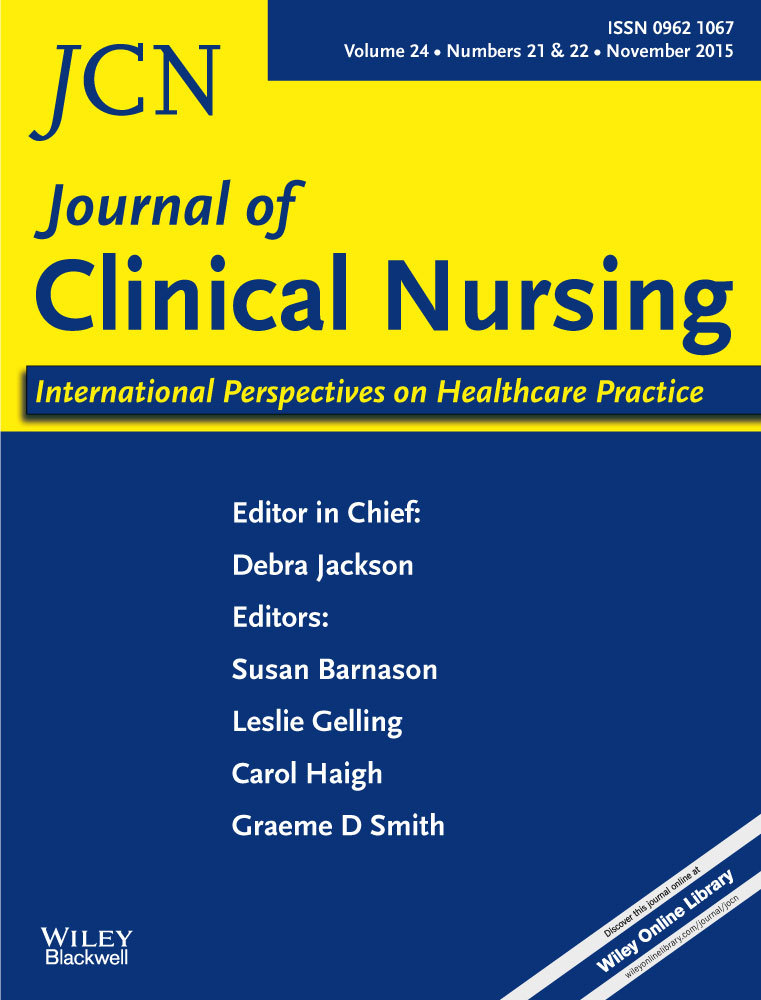Pressure ulcer risk assessment: retrospective analysis of Braden Scale scores in Portuguese hospitalised adult patients
Abstract
Aims and objectives
To analyse the Braden Scale scores and sub-scores assessed in Portuguese hospitalised adult patients in association with their characteristics, diagnoses and length of stay.
Background
The Braden Scale is used worldwide for pressure ulcer risk assessment and supports nurses in the implementation of preventive interventions.
Design
Retrospective cohort analysis of electronic health record database from adult patients admitted to medical and surgical areas during 2012.
Methods
Braden Scale scores and sub-scores of 8147 patients were associated with age, gender, type of admission (emergency service or programmed), specialty units (medical or surgical), length of stay, patient discharge (discharge, decease or transference to other hospital) and ICD-9 diagnosis.
Results
The participants with significantly lower Braden Scale scores were women, older people, hospitalised in medical units, with emergency service admission, longer hospitalisation stays and/or with vascular, traumatisms, respiratory, infection or cardiac diseases. Mobility, friction/shear forces and activity had higher contributions to the Braden Scale score, while nutrition had the lowest contribution.
Conclusions
Approximately one-third of all participants had high risk of pressure ulcer development at admission, which led to the application of nursing preventive care. Our study demonstrated that nurses should pay special attention to patients over 50 years of age, who had significantly lower Braden Scale scores. The Braden Scale scores significantly increased in the last assessments showing that Braden Scale is sensitive to the clinical improvement of the patient. Braden Scale correlations with length of stay reveal its importance as predictor of length of stay.
Relevance to clinical practice
Nurses should use Braden Scale assessment and consider patients' characteristics and diagnoses to plan more focused preventive interventions and improve nursing care. This study could be the first step to create a preventive protocol based on institutional reality, patients' characteristics, level of risk and affected sub-scales.




